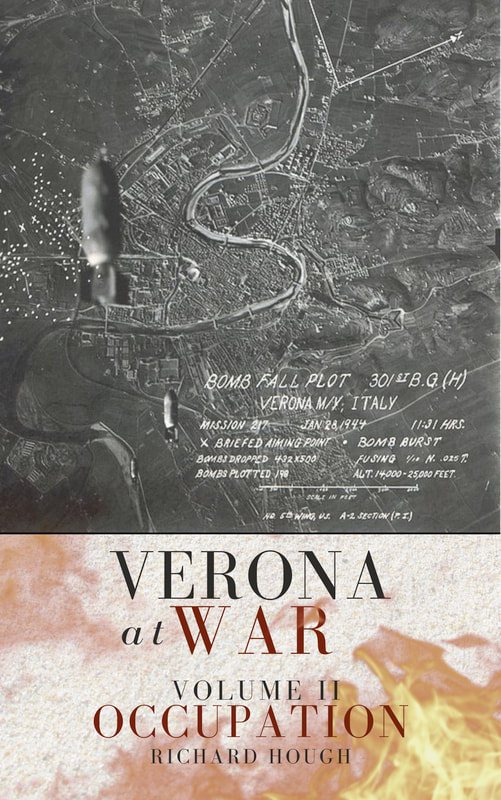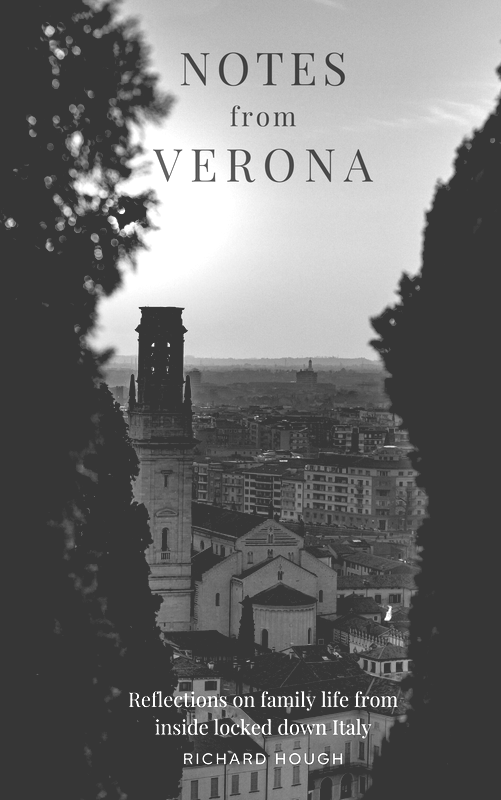|
As the lockdown restrictions eased slightly this week, we’ve enjoyed our first tentative tastes of freedom in over 50 days. Earlier in the week we took the kids out for a walk and cycle around our immediate neighbourhood. There was a semblance of normality. The bakery was open and we picked up a couple of our favourite pizzette rosse. People were coming and going and there was a degree of activity that would have seemed unthinkable just a week or two ago. But if you looked carefully, all was not quite as it seemed. Less traffic for sure. The parks were closed. Bars and restaurants remained shuttered, while pedestrians assiduously kept a strict distance and everyone was wearing mask. On Friday, the May Day public holiday, we prepared a flask of coffee and a couple of sandwiches and headed out for the short but exhilarating hike up to the hilltop cross that overlooks the village of Avesa. Even our youngest, who would normally have complained about such exertion, bounded up with a carefree spring in his step. Arriving at the cross, we veered west, taking the narrow footpath that winds its way down towards the nearby village of Quinzano. Here we would normally stop for a coffee or something stronger, but with nothing open we took the narrow road upwards towards the Eremo di San Rocchetto - the hermitage of Saint Roche (or St Rollox if you’re from Glasgow), known locally as San Rocco. The hill on which the hermitage stands was once known as monte Calvario, because it reminded the pilgrims who had returned from the Holy Land of Mount Calvary, the site of the crucifixion. Following the death of his parents, the young Rocco arrived in Italy during a plague epidemic (perhaps between 1347-49). He tended the sick in the public hospitals at Acquapendente, Cesena, Rimini, Novara and Rome, where he is said to have performed many miraculous cures, before succumbing to the disease himself and being forced to retreat in isolation into the forest. Somehow Rocco survived and his status as a pilgrim who survived the plague is paramount in his iconography. The cult of San Rocco gained further momentum during the bubonic plague that passed through northern Italy in 1477–79. Following his canonisation, San Rocco’s remains were transferred to Venice, where they remain to this day at the Church of San Rocco. Near the church is the Scuola Grande di San Rocco, noted for its numerous Tintoretto paintings, it was founded in the 15th century as a confraternity to assist the citizens in time of plague. As we make our way up the narrow road that leads to the hermitage (via Crucis), we notice a series of roadside reliefs carved in stone that depict Christ on the day of his crucifixion. Locating these shrines, sometimes shrouded in vegetation, provides a useful stimulus to the younger members of our party as the path steepens. Although traditionally there are 14 stations of the cross, we find only seven before we emerge at the pretty hilltop hermitage. Amongst other things San Rocco is the patron saint of dogs, invalids, falsely accused people and bachelors. If, like me, you don’t fall into any of those categories, you can simply enjoy the peace and tranquillity as you look down on the city below. |
AboutRichard Hough writes about history, football, wine, whisky, culture + travel and is currently working on a trilogy about wartime Verona.
|



